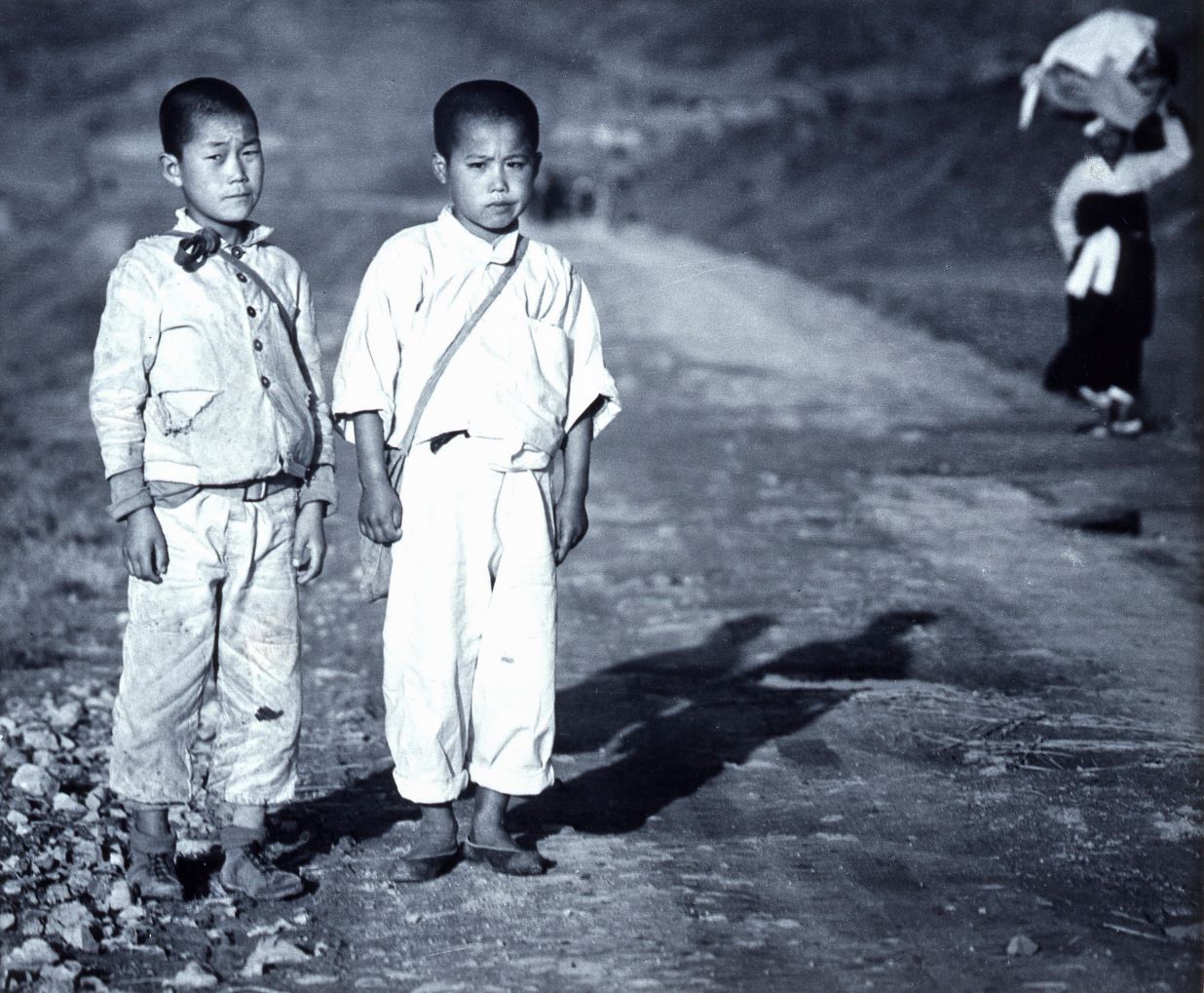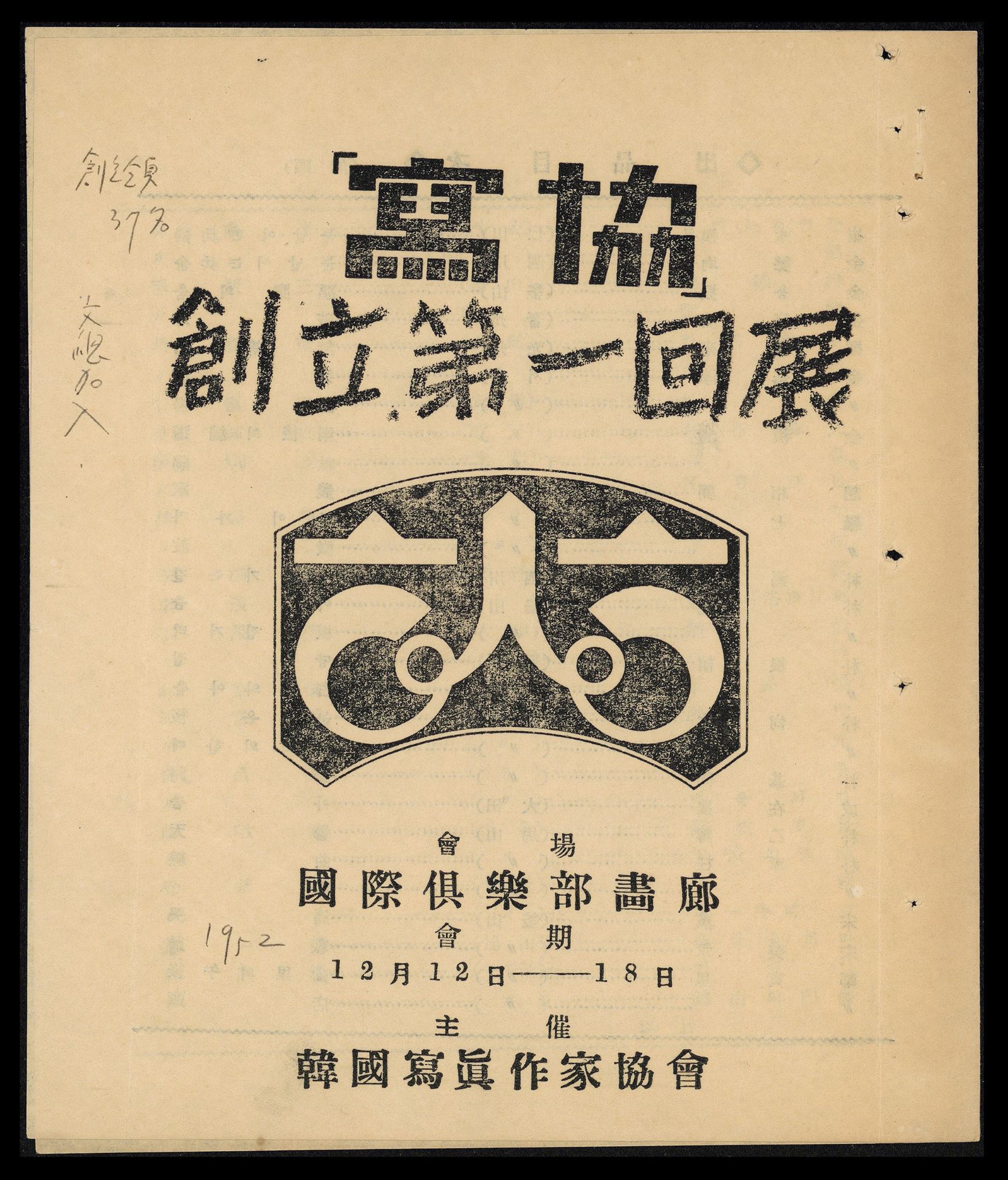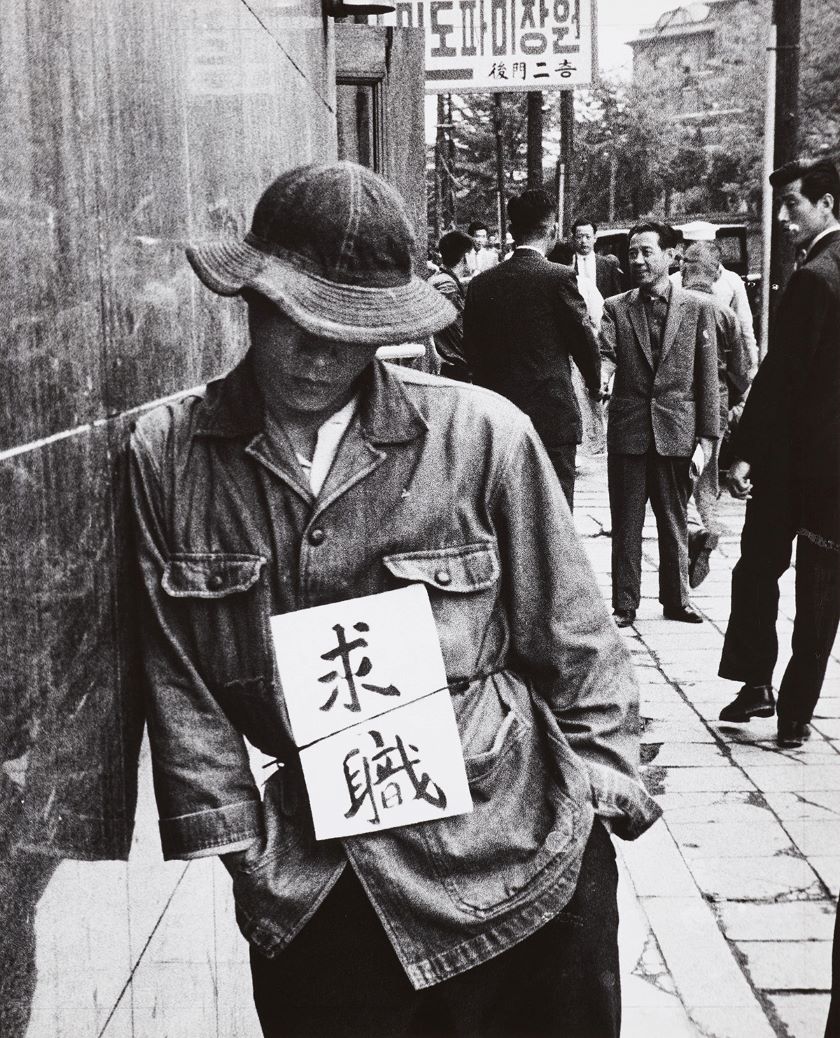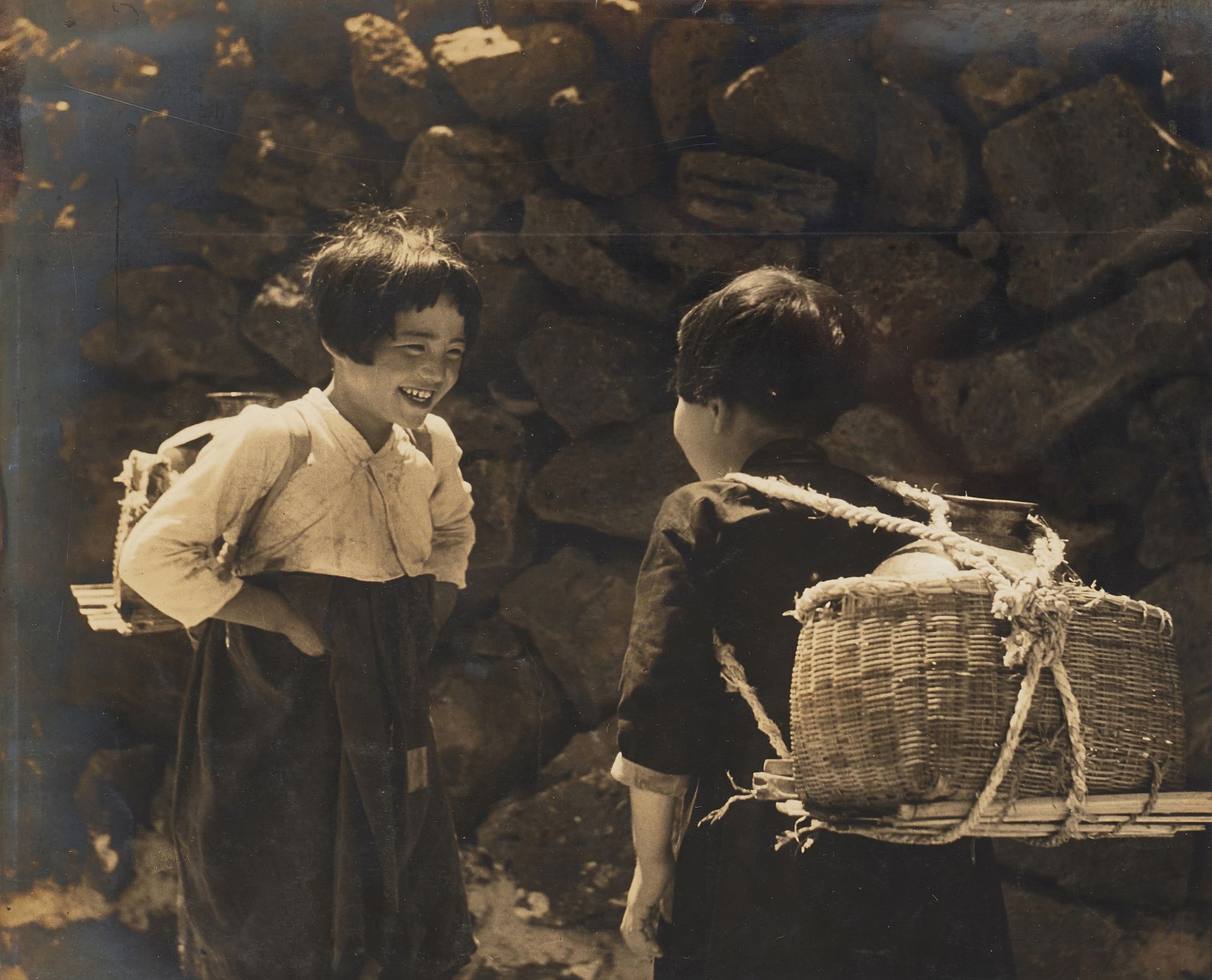
Limb Eungsik, Boyhood, 1946, Gelatin silver print on paper, 45.5x55cm. MMCA collection
Busan Art Photography Research Society
* Source: MMCA
Related
-

Photo Artists Society of Korea
The Photo Artist Society of Korea is a group of photographers formed in December 1961 to promote the development of Korean photography culture, international exchanges, and the rights and interests of its members. Photographer Jeong Huiseop was appointed as the first chairman of the board, and major Korean photographers such as Park Pilho, Lee Haesun, Choi Kyebok, Lee Myeongdong, Lee Gyeongmo, Mun Seonho, Seo Sunsam, Jeong Doseon, Hyun Ilyeong, and Limb Eungsik served as executives. It is a non-profit corporation under the jurisdiction of the Ministry of Culture, Sports and Tourism, and currently has 9,400 amateur and professional photographers working as members. The headquarters are located in Yangcheon-gu, Seoul, and it has 168 branches in major cities and overseas countries. It continues to host the Korea Photography Festival every year and conducts various projects for members of the association, including photography courses, contests, photography competitions, book publishing, and photo culture awards.
-

Limb Eungsik
Limb Eungsik (1912∼2001, courtesy name Gujeong) was a native of Busan. He studied at the Busan Chesinriwonyangseongso (academy for communications officers) in 1931, and in 1934, he graduated from the Toshima Communications School in Japan. In 1935, he began working at the Gangreung Post Office, where he established the Gangreung Sauhoe, a photographers club. From 1946, he managed a photograph processing lab called ARS, which was located in Busan. There he established the Busan Gwanghwahoe, another photography group. During the Battle of Incheon in 1950, he served as a wartime photographer, and in June 1952, he held a joint exhibition with the Korea Fine Art Photography Institute in Busan, after which he established the Korea Photographers Association in December. In 1954, he taught the first photography class the College of Fine Arts at the Seoul National University and he continued to teach at Ewha Womans University and Hongik University, before spending four years, from 1974 to 1978, as a professor at the Chung-Ang University photography department. During the Japanese colonial era, Im primarily produced pictorialism photographs, but from the 1950s and onward, he rejected artistic salon photography and engaged in "Everydaylife realism [Saengwhaljuui]," which depicted reality in close up. His photography albums include Hanguk Gogeonchuk (Korean Heritage Architenture) (1977), and Pungmo (1982), which was an album of portraits of people in the field of culture and arts.







